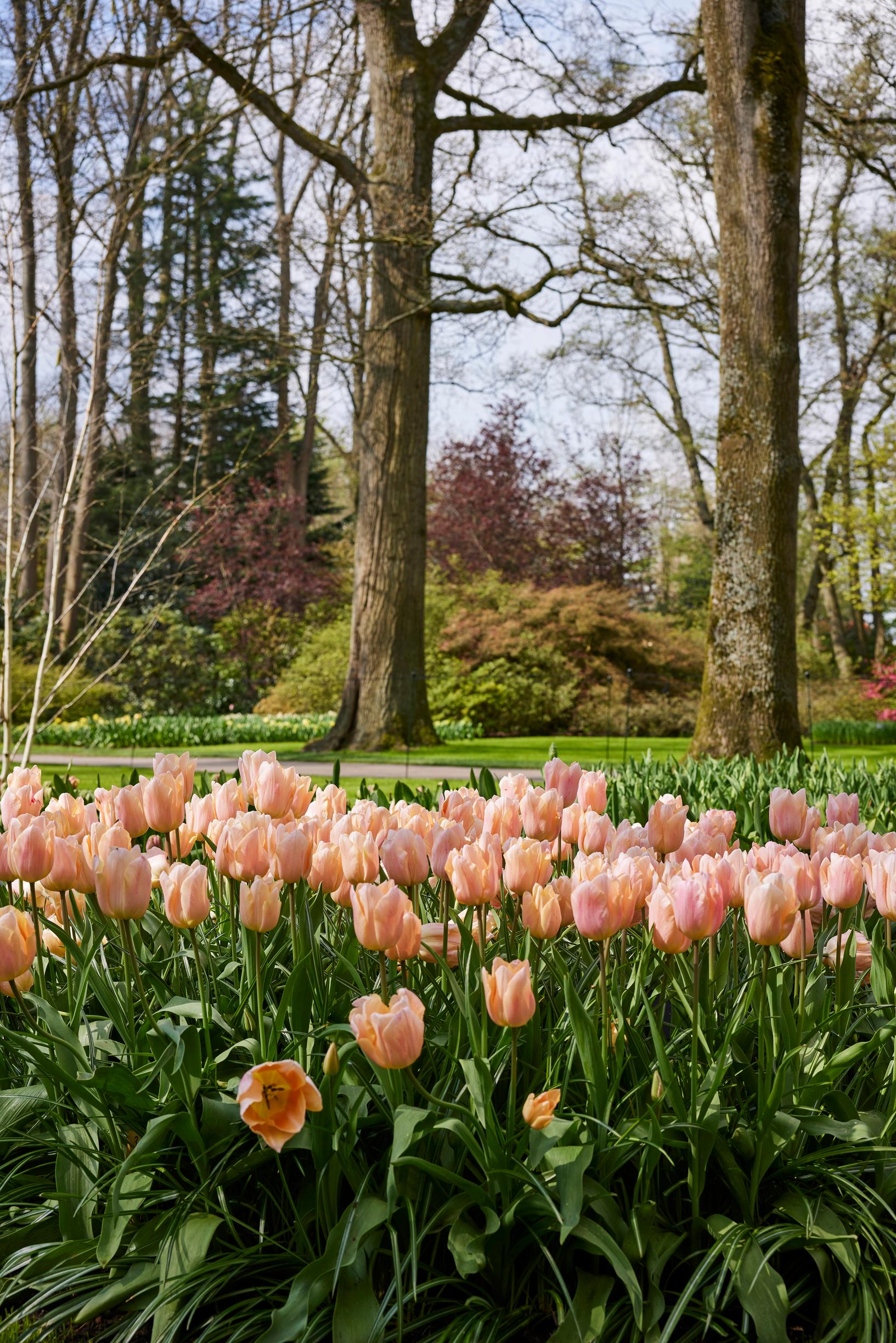
10 reasons to love (and plant) tulips—if you know all these, you’re a real tulip guru!
Tulips make gardeners go wild, inspire gorgeous gardens, and provide the most spectacular color therapy of spring. They have a long and fascinating history, and there are tens of thousands of varieties.
1. The whole color wheel
After winter, there’s simply no such thing as too much color. A gardener drained by the white-and-gray season can forget about harmony and matching tones. Bright orange, blazing purple, green-striped, electric pink, sun-yellow, crimson, deep violet—everything works! Tulips deliver the most vibrant color therapy of spring because their color wheel spins nearly all the way around.
This broad range is thanks to compounds found in the plant kingdom. Flower colors mainly come from two pigments: carotenoids give petals their yellow tones, while anthocyanins create red, purple, and violet hues. As the levels of these pigments shift, so does the flower’s color. The only gap in the tulip color wheel is blue. Any so-called blue tulip you see at the florist has been dyed.
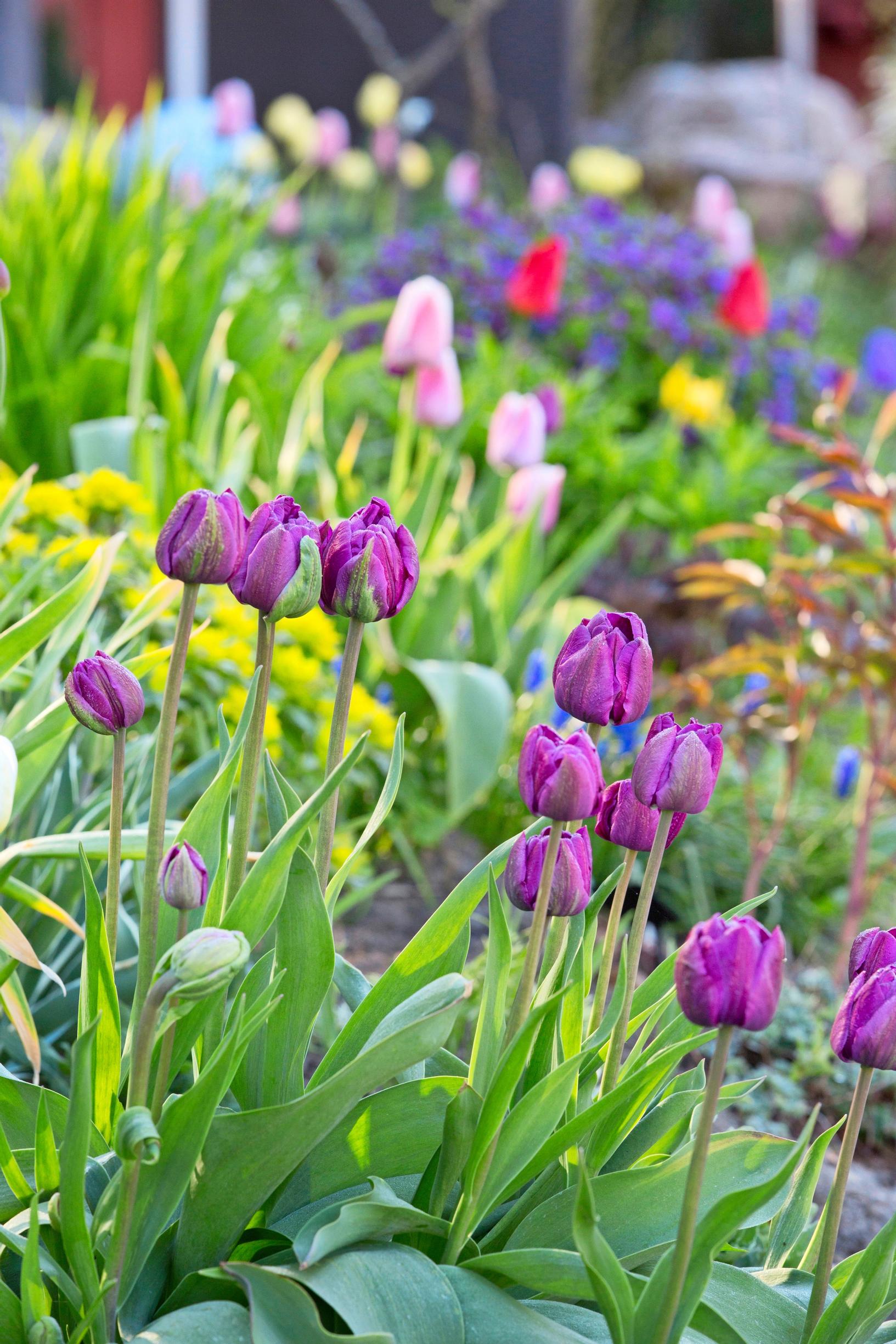
2. Detective work available
In the 17th century, people admired tulips with striped petals. The unusual coloring was caused by a virus that weakened the bulbs, and only the hardiest survived from one decade to the next.
One historic variety from 1620 is ‘Zomerschoon,’ whose petals combine strawberry-red and creamy white in a delightful way. Anyone seeking these old specialty varieties should be prepared to work to find them, but with perseverance and luck, you can secure a piece of tulip history in your own garden.
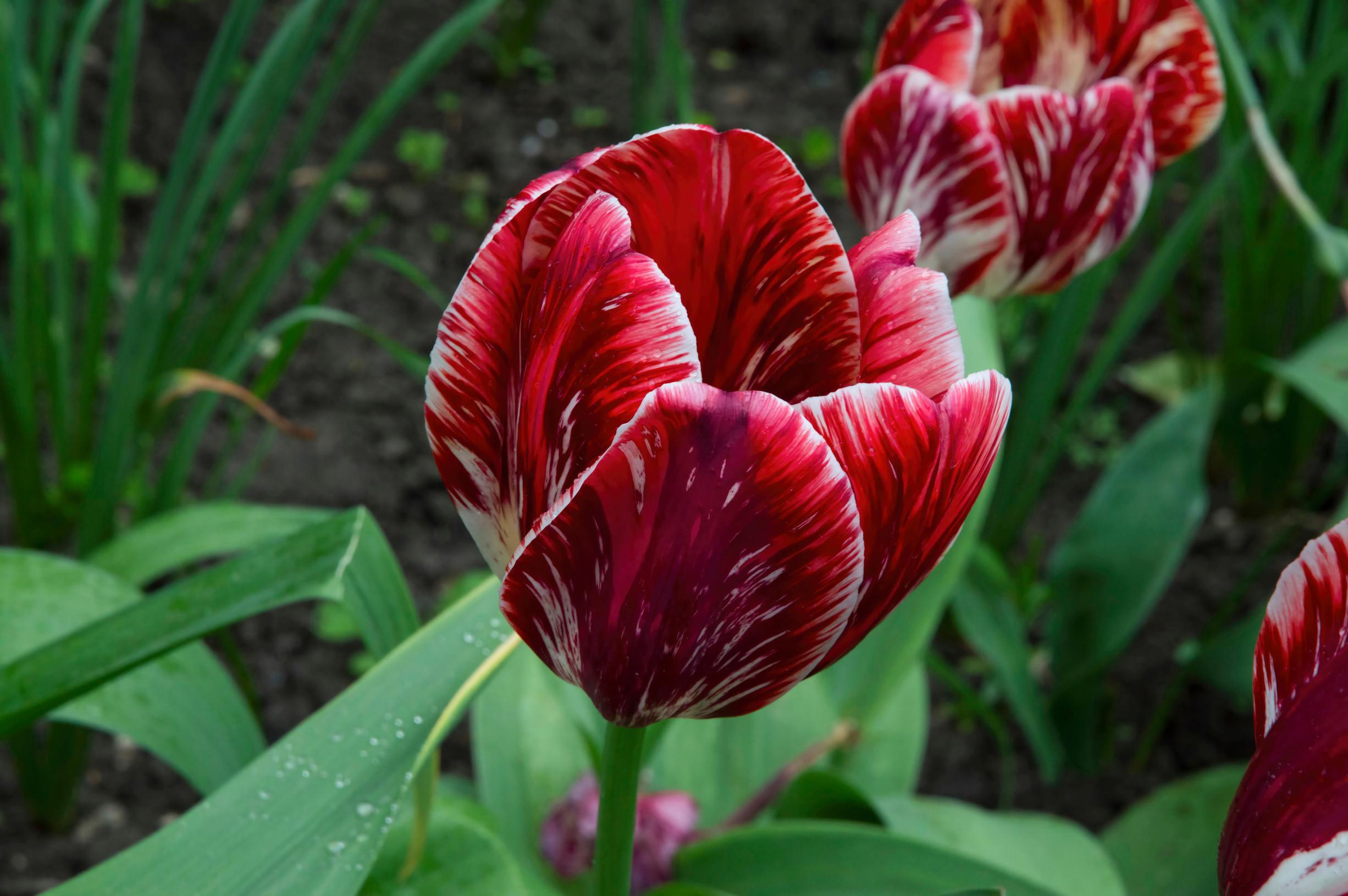
3. Wild discoveries
In the 1990s, five plant experts began a project to find and photograph wild tulip species in their original habitats. These modern plant explorers spent more than twenty years traveling and tracking down tulips, from southwestern France and Algeria all the way to Pakistan and Kazakhstan, discovering over 40 wild tulips on rugged mountains and steppes. You can join their tulip journey full of surprises at tulipsinthewild.com. In addition to photos, you’ll find short descriptions of each species and a map showing where it was found.
4. In the language of flowers, a yellow tulip symbolizes hopeless love, while a red tulip represents a declaration of love.
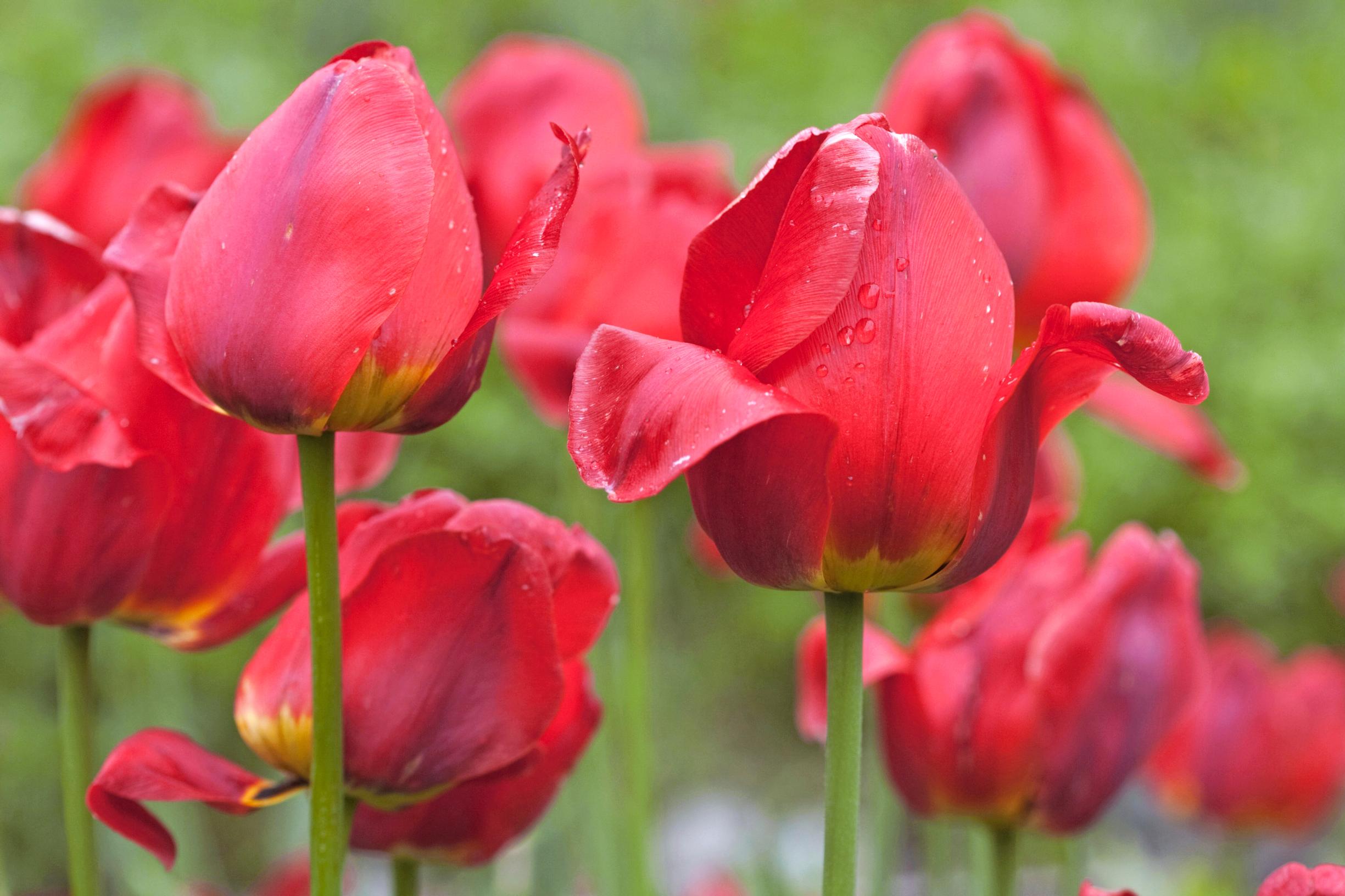
5. Extend the season
Plant tulips [in Finnish] from different groups in your garden so you can enjoy their blooms throughout spring. The season starts in April–May with wild species [in Finnish] and ends with the latest lily-flowered and parrot tulips [in Finnish] around mid-June. Flowering times often overlap, as spring and early summer weather also affects timing and duration.
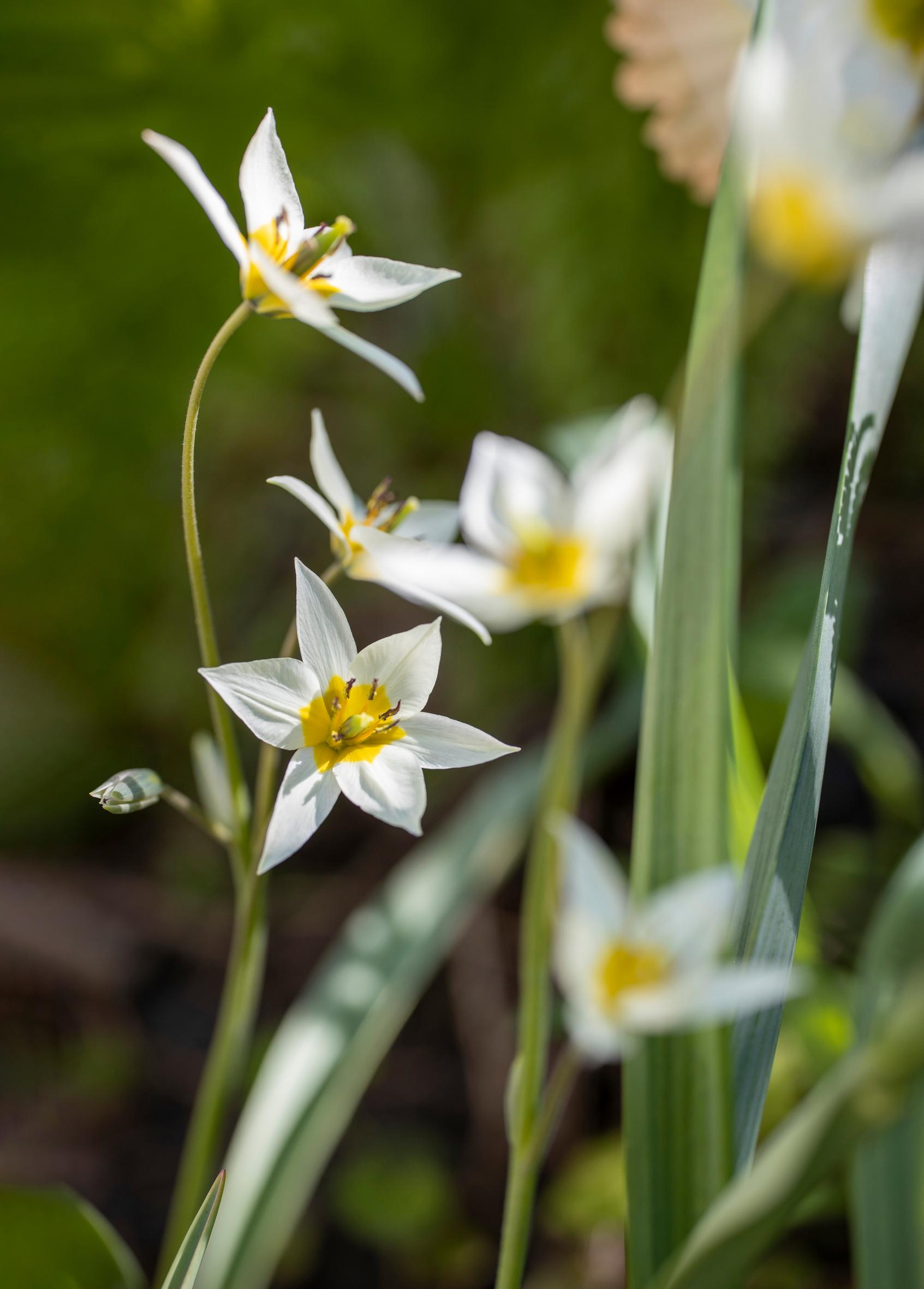
6. Breathtaking views
A plant enthusiast with a serious case of tulip fever might head to the Netherlands in spring—the world’s leading country for bulb cultivation. However, be prepared for your fever to rise rather than subside during the trip. The miles of flower fields will leave you awestruck, and you might develop a tulip overload. Set aside a full day for spending at the Keukenhof garden. Opened 75 years ago, it draws nearly 1.5 million visitors in just two spring months. Each year, 800 different tulip varieties alone are planted in the garden. Read our article about Keukenhof here! [in Finnish]
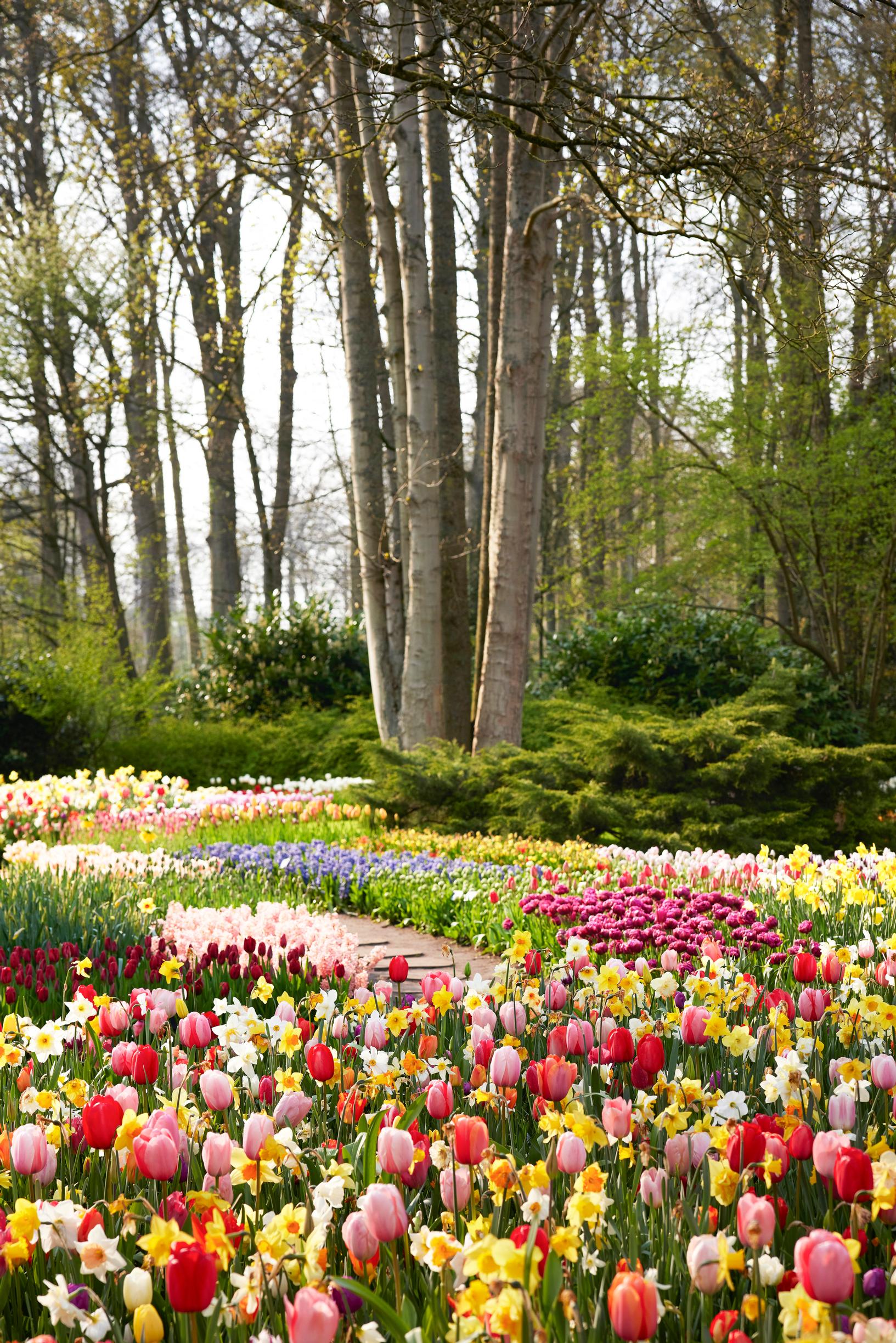
7. Half of the year
The tulip season lasts almost half a year. The first red and white cut tulips arrive just in time for Christmas, and the beginning of the year brims with wonderfully colorful bouquets. There’s only a brief lull before tulips bloom in the garden right up to early summer.
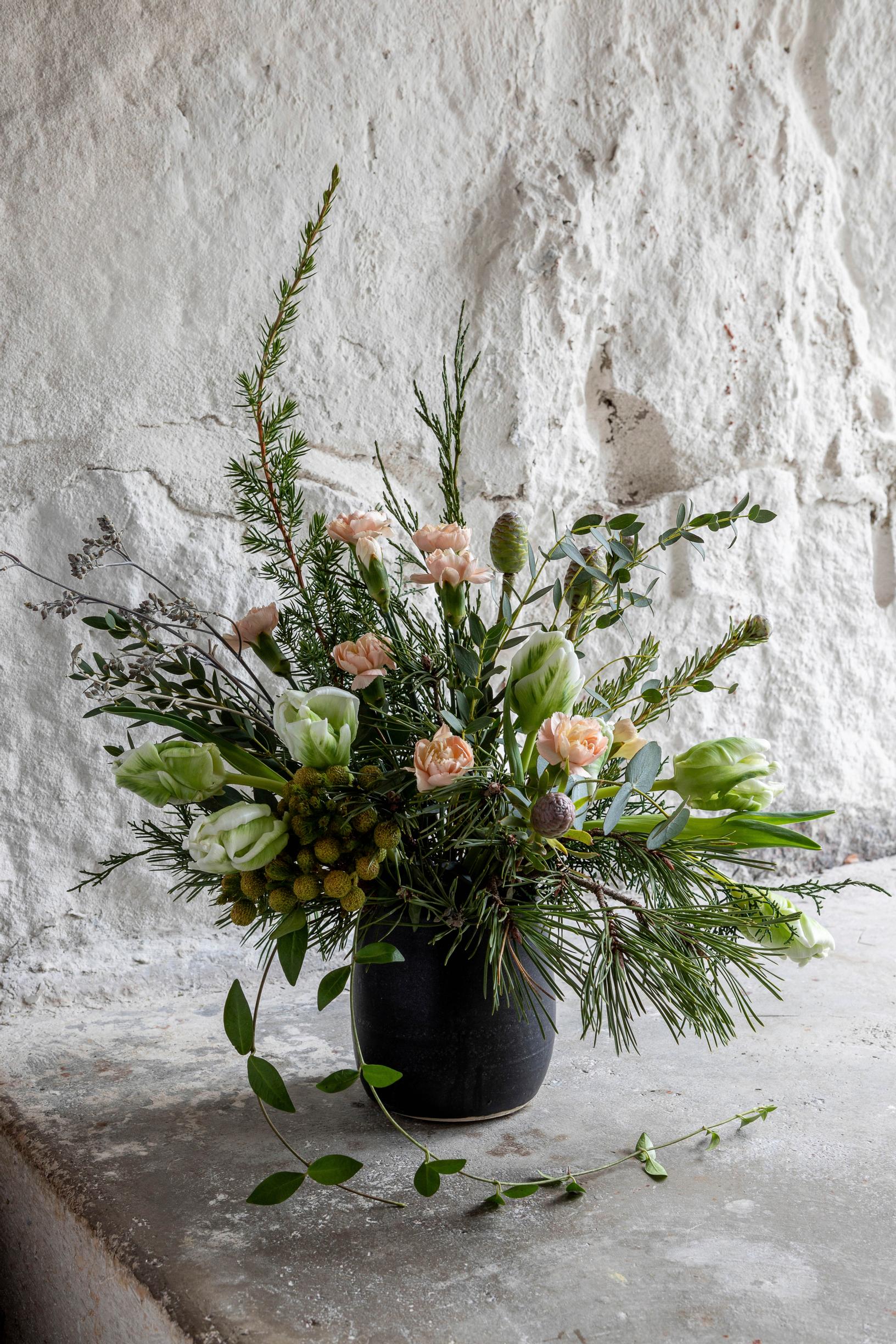
8. The subject of stories
The tulip mania that seized the increasingly affluent Dutch population in the 17th century has intrigued many storytellers. Alexandre Dumas, known for his historical adventure novels, wrote The Black Tulip, an old-fashioned romantic tale about a man who manages to grow the flower in a coveted color. Tulips and 1630s Amsterdam also appear in Deborah Moggach’s Tulip Fever. Both books have also been adapted into films.
9. A companion for perennials
Plant perennials that bloom at the same time next to your tulips. The clean lines of tulips look especially lovely paired with delicate early summer plants such as forget-me-not, pasqueflower, narcissus anemone, and American globeflower.
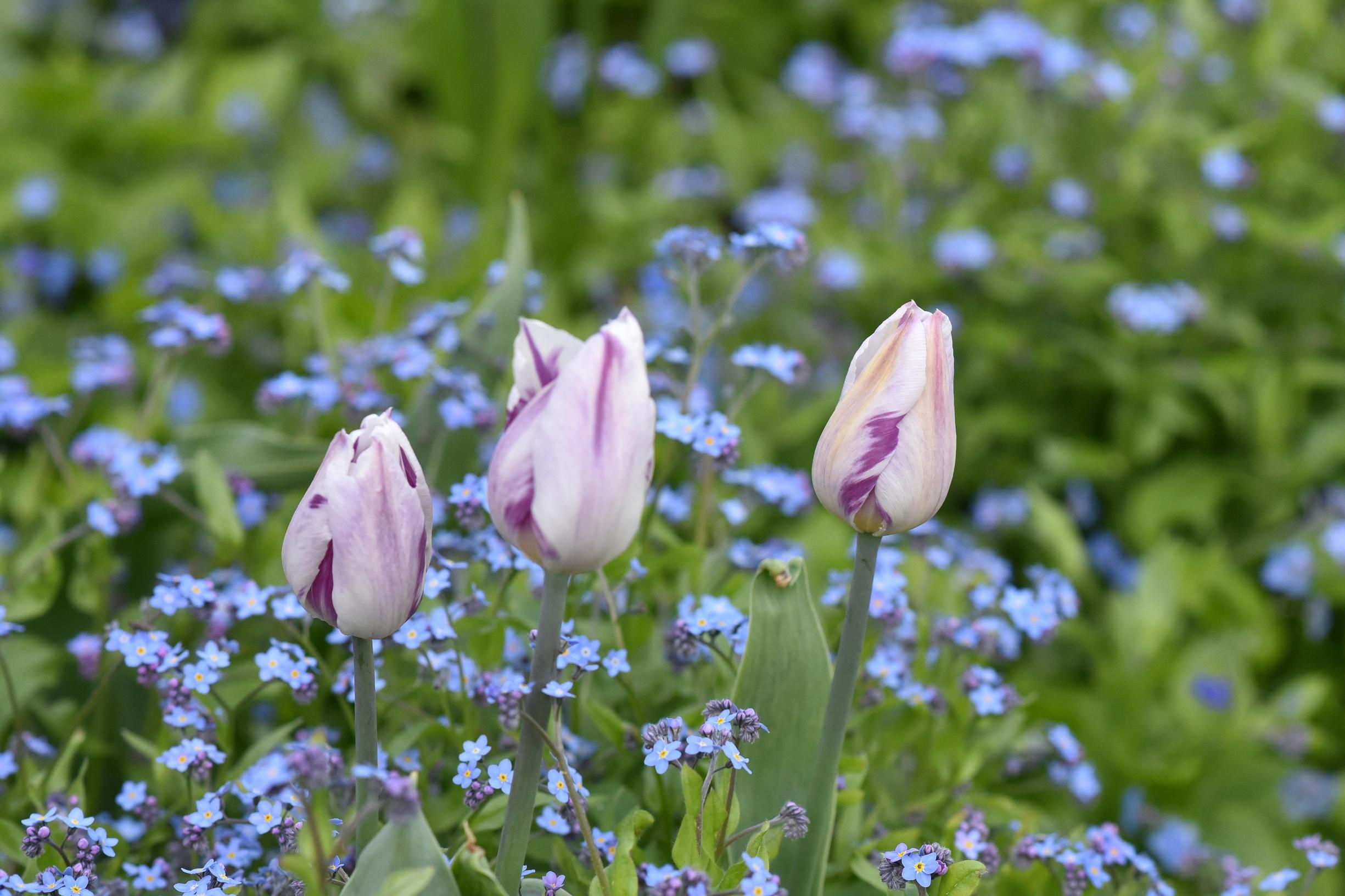
10. If the spring is cool, tulips bloom for a long time; if the spring is warm, they burst into a short but intense bloom.
Did you know this about tulips?
- Tulips originated in the mountains of Central Asia, and their native range extends all the way to the Iberian Peninsula. When the plant began to be cultivated in Europe, it was named “tulip” after the Turkish word for turban, tülbent, because the bulb’s round shape reminded people of a turban wrapped from multiple layers of cloth. In Turkish, the tulip is called lale.
- In botany, the tulip genus belongs to the lily family. The genus can be roughly split into wild species and highly cultivated varieties. The term botanical tulips [in Finnish] often refers to true both wild species and varieties close to them that have been named. For instance, the waterlily tulip and Greigii tulip are wild species, but there are also cultivars of these species that belong to their own variety groups. Some wild species are rare. The woodland tulip’s [in Finnish] bulbs are commonly available during planting season, whereas the Sprenger's tulip can usually only be found in specialty stores.
- Most tulips in gardens and parks, however, belong to the extensively cultivated, large hybrid tulips. Plant breeders have favored tulips for centuries, creating an astonishing 40,000 different varieties. To bring order to this colorful assortment of diverse relatives, they’re divided into groups based mostly on flower shape and flowering time. For example, the gracefully narrow-petaled ‘Elegant Lady’ belongs to the Lily-flowered Group, while ‘Carnaval de Nice,’ with its candy-cane stripes and late bloom, is in the Double Late Group.
- Thanks to their impressive variety, tulips fit into rock gardens, wild perennial beds, or neatly structured and shaped gardens.
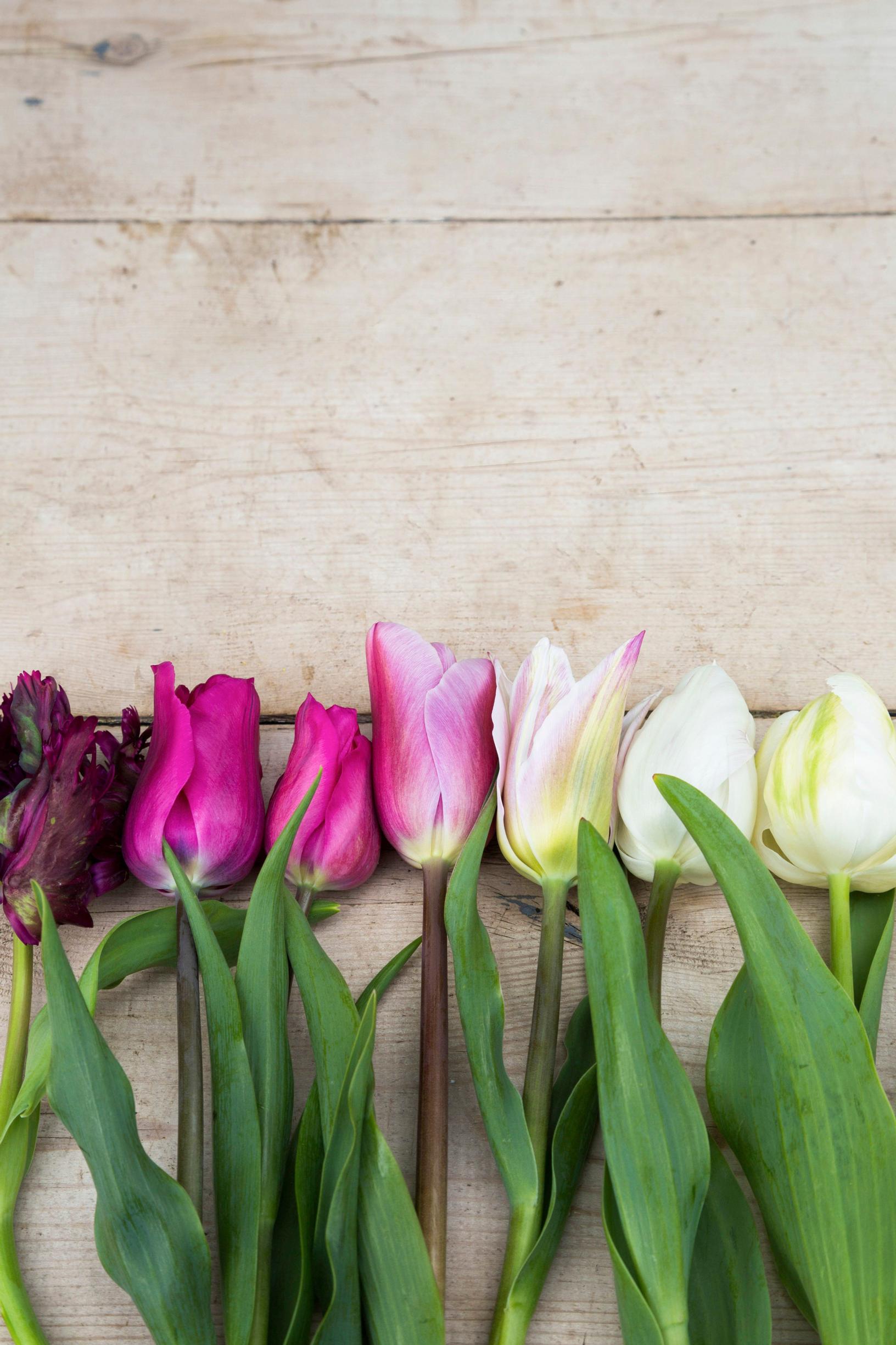
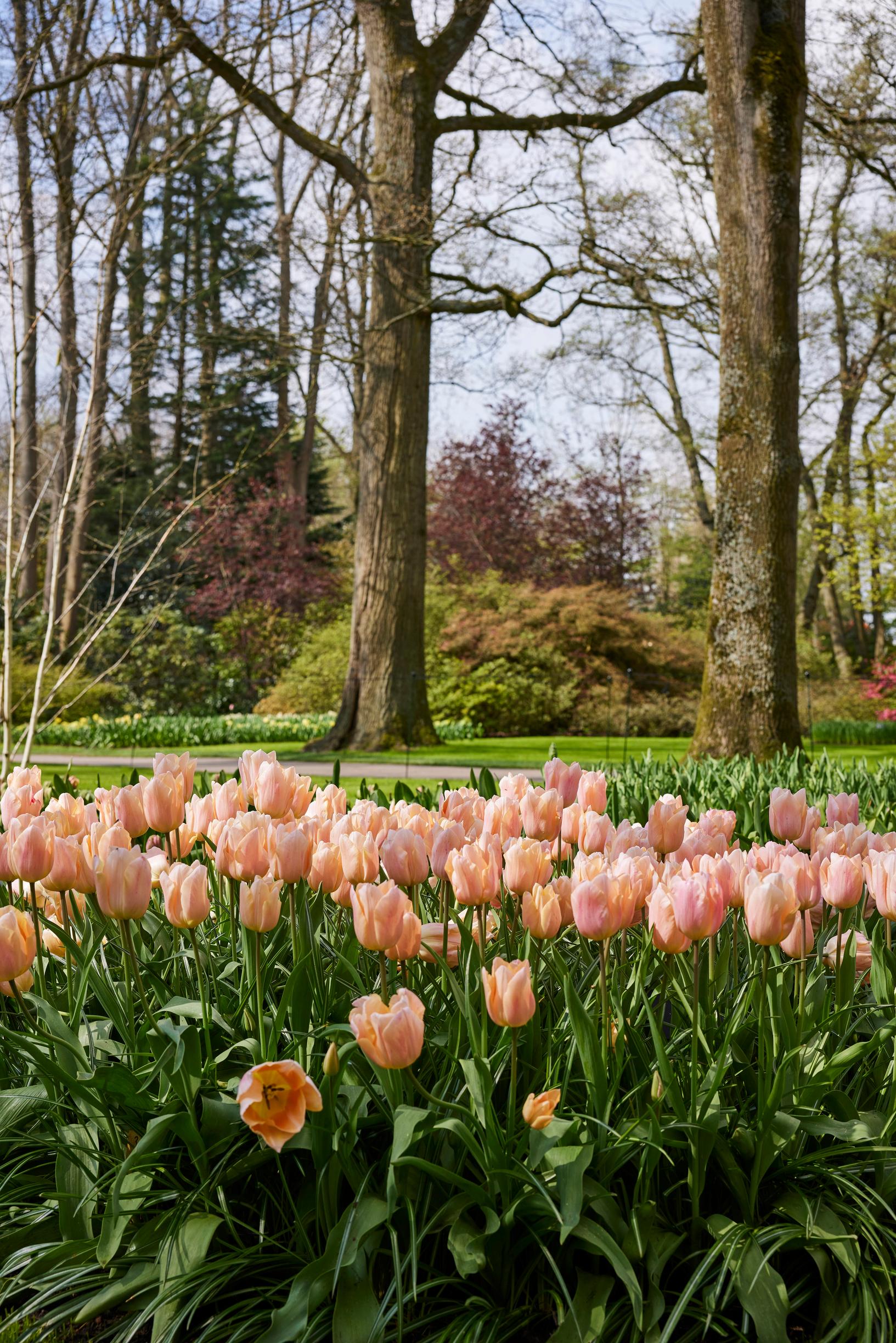
A brief history of the tulip
1300–
Wild tulips are admired in the Ottoman Empire, where they begin to be grown in gardens.
1593
Clusius brings a collection of the rarest bulbs with him when he becomes a professor at Leiden University in the Netherlands.
1633
One single bulb sells for 5,500 guilders in the Netherlands—more than triple the typical merchant’s annual income.
1673
Elias Tillandz mentions the tulip in his publication on the plants of the Turku region in Finland.
1620–
Some tulips appear with striped flowers. These variegated broken tulip forms become especially prized and a chance to make a profit.
1634–1637
Tulip mania. The years of speculation on tulip bulbs end when the bubble bursts in what becomes the first stock market crash in history.
1800-luku
Cultivating hybrid tulips becomes more widespread in Finland. Woodland and bunch-flowered tulips are also planted.
1960-luku
The disease affecting tulips is identified as the tulip break virus.
Sources: amsterdamtulipmuseum.com; Carolyn Fry: The Plant Hunters (Andre Deutsch, 2012); garden.org/plants; bulb sellers’ websites.


